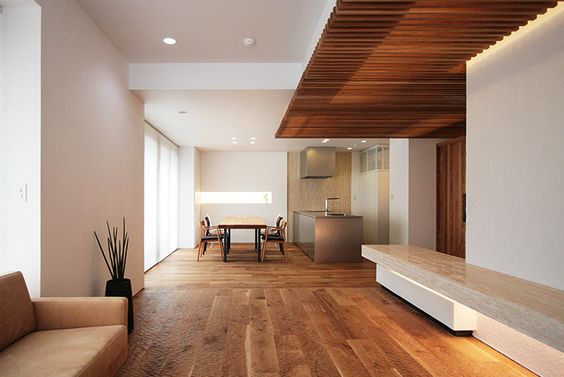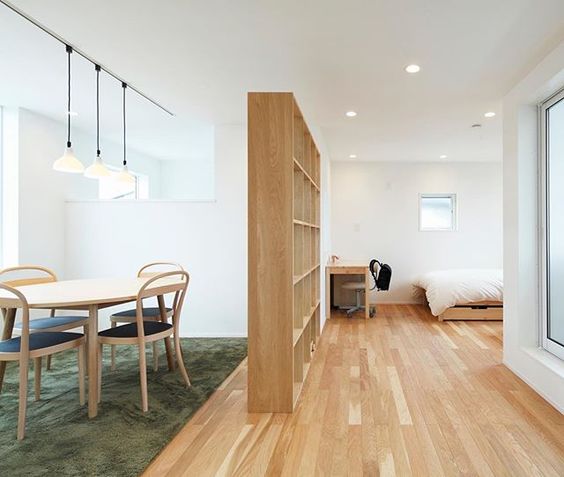 You are probably no stranger to IKEA and the populist Scandinavian home design concept. If you have never bought a piece of furniture from the Swedish giant in your life, I’m pretty sure you might have eaten at least a meatball. If you are a fan of the Scandi-look but want something a little less common, there’s a design concept I would like to talk about – MUJI.
You are probably no stranger to IKEA and the populist Scandinavian home design concept. If you have never bought a piece of furniture from the Swedish giant in your life, I’m pretty sure you might have eaten at least a meatball. If you are a fan of the Scandi-look but want something a little less common, there’s a design concept I would like to talk about – MUJI.
MUJI? You mean that Japanese retail shop that sells really cool stuff?
Yup, one and the same. What you might not know is the rich cultural and design background behind that brand and how they are responsible for the simple, minimalistic Jap-look since the 1980s. Mundane objects are imbued with a touch of Zen purity that are typical of traditional Japanese humility.
Both the Scandinavian and MUJI concept share common design element – simple, modest, and serene.
The MUJI style favours the neutral colour, wood, sleek lines and form, with minimal decorative accessories set against stark white walls. The emphasis is on functional design and restrained decoration.
Simple doesn’t necessary mean plain or boring. The vast emptiness of the MUJI design isn’t simply about subtracting things from the design. It is about improving the design’s overall effectiveness. MUJI concept strips away the “non-essentials” of a design, while returning to its pure state.
There are just two tips you can follow to achieve that MUJI inspired minimalistic look:
- Go For Timelessness – Stick to fundamentals and home pieces that does not embody the trend of its era.
- Minus the Ornaments – Think how sushi is served compared to French entree. There are no fancy garnish or drizzled sauce on oversized plate.
Speaking of French, I’d like to leave you with this quote from writer Antoine de Saint-exupery that best describes this theme – “Perfection is Achieved Not When There Is Nothing More to Add, But When There Is Nothing Left to Take Away”
Image Credit: Cover Image, Bench, Living Room





